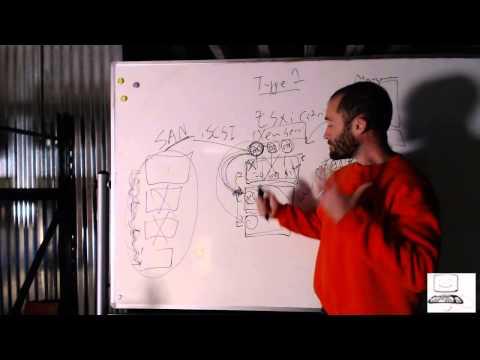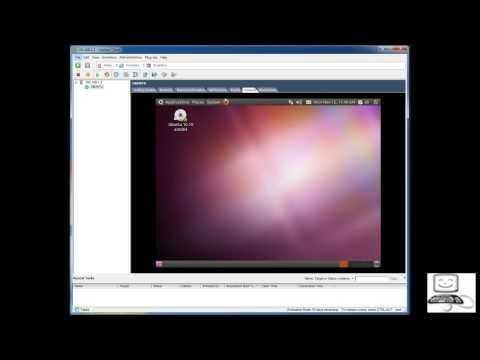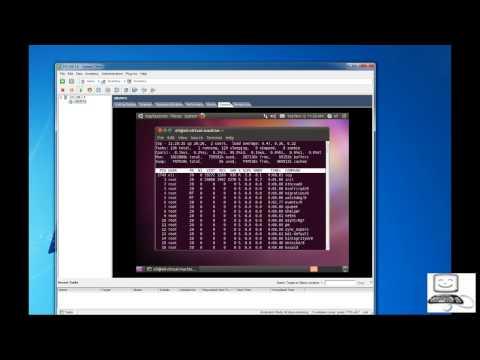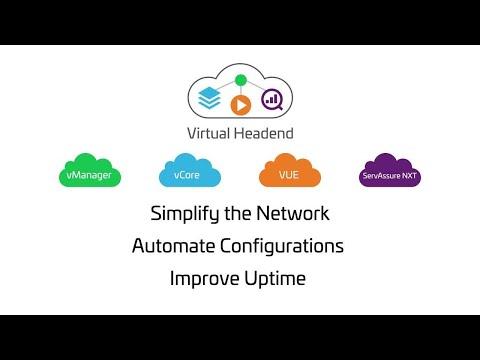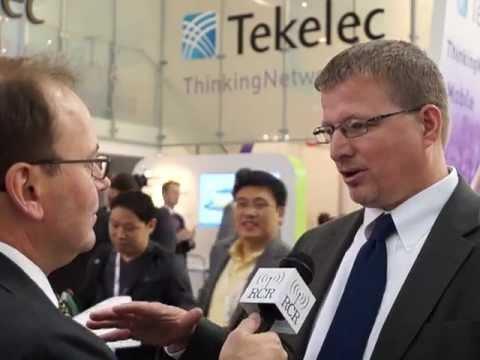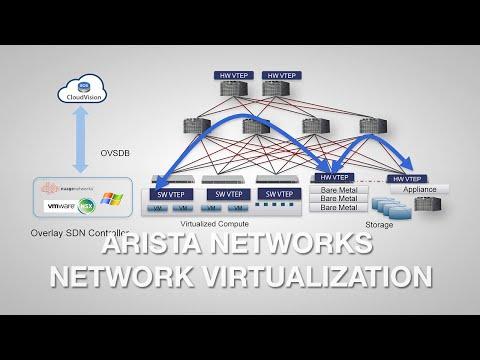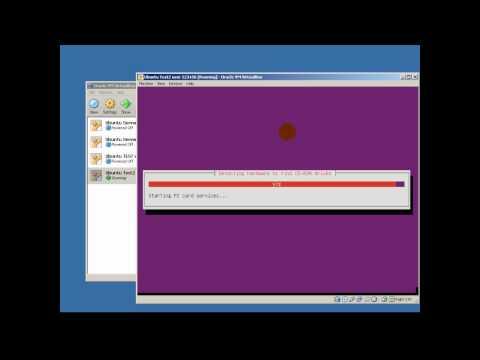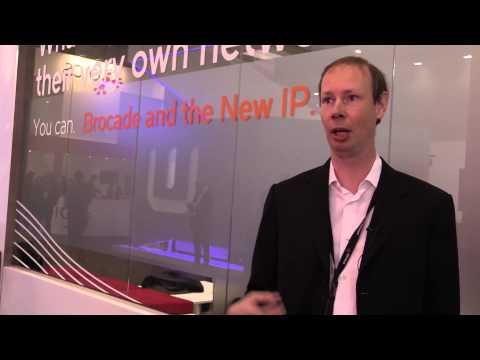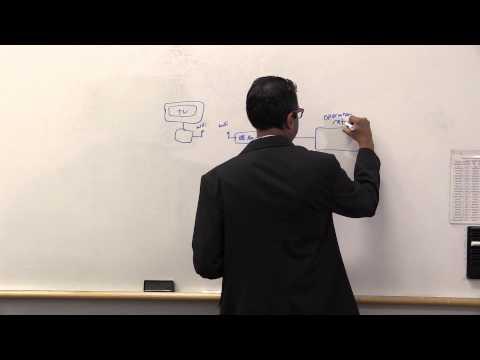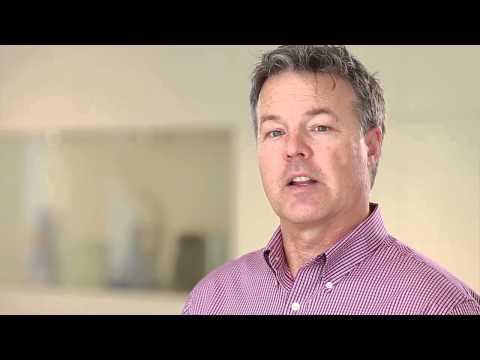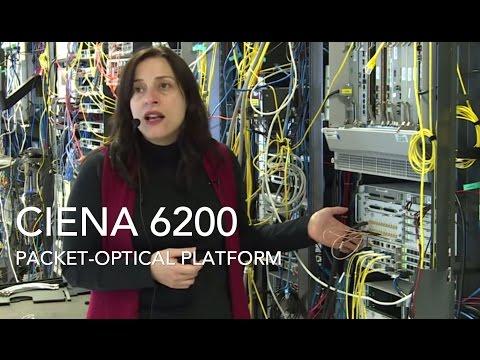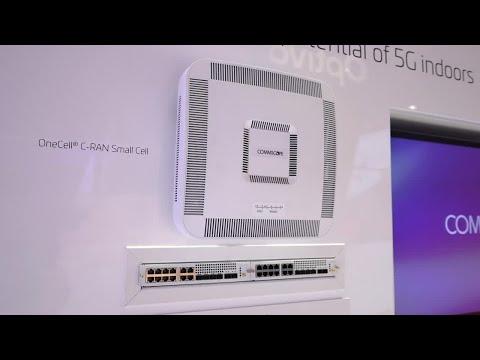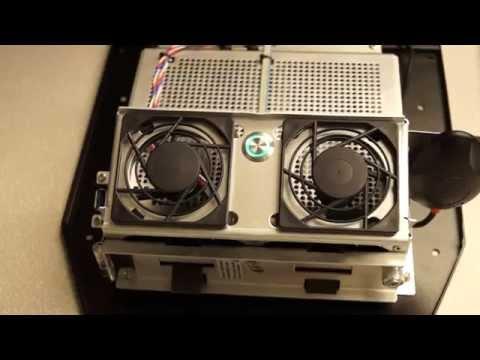Introduction To Virtualization
Description
Follow Eli on the Vlog Channel: https://www.youtube.com/user/EliComputerGuyLive
Info
Level: Beginner
Presenter: Eli the Computer Guy
Date Created: February 2, 2012
Length of Class: 59 Minutes
Tracks
Virtual and Cloud Computing
Prerequisites
Introduction to Cloud Computing
Purpose of Class
This class teaches students the basic concepts that required to deploy Virtualization in the real world.
Chapters
Introduction (00:00)
Overview (01:10)
Type 1 Hypervisors (13:45)
Type 2 Hypervisors (33:31)
Converting to Virtualization (40:51)
Final Thoughts (47:05)
Class Notes
Introduction
Virtualization allows you to separate the Operating System from the underlying hardware
Virtualization is NOT the same as Cloud Computing. Virtualization is a Type of Cloud Computing.
Hypervisors are the software that Operating System "Instances" run on.
Overview
Virtualization allows you to easily migrate servers between pieces of physical hardware
Virtualization allows you to consolidate multiple cheap physical servers into one server
An "Instance" is a "Virtual Computer" installed on a Hypervisor.
Type 1 Hypervisors
Called Bare Metal Hypervisor
Installs directly on to hardware
You use Management Software installed on a different computer to manage a Type 1 Hypervisor box.
Based on XEN.
Generally the Hypervisor is free, but you pay for the Management software
Over Allocation allows you to allocate more total resources to the Instances of the operating systems then the physical server has. At any one time all Instances CANNOT use more resources then the total amout that the server has.
Type 2 Hypervisors
Called Hosted Hypervisor
Type 2 Hypervisors are installed onto an Operating System such as Windows 7, OSX or Linux. (VirtualBox, Virtual PC)
Be careful allocating resources to virtual machines. You have the ability to allocate so many resources to the virtual machines that you crash the host machine.
Networking can start acting "weird" on the host machine when Virtual Machines are running
Converting to Virtualization
Vendors of Virtualization software have "conversion" software that will convert an Operating System that installed on a Physical Computer into a Virtual Machine
Many pieces of Backup Software no backup servers directly into a Virtual Machine.
Final Thoughts...
Be careful of licensing!!! Per Server/ Per Socket/ Per Core
Virtualization software is stable, and not "cutting" or "bleeding" edge technology.
Resources
Xen
Citrix
VMWare
VirtualBox
Virtual PC



